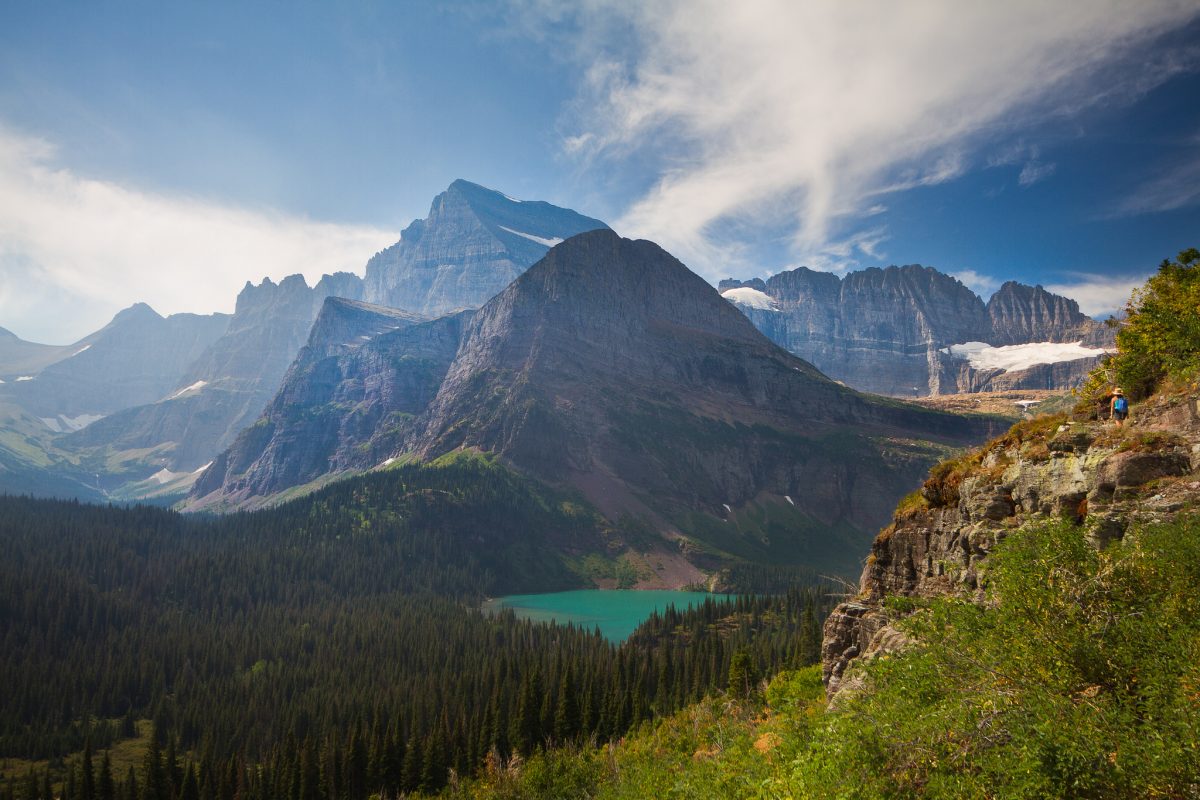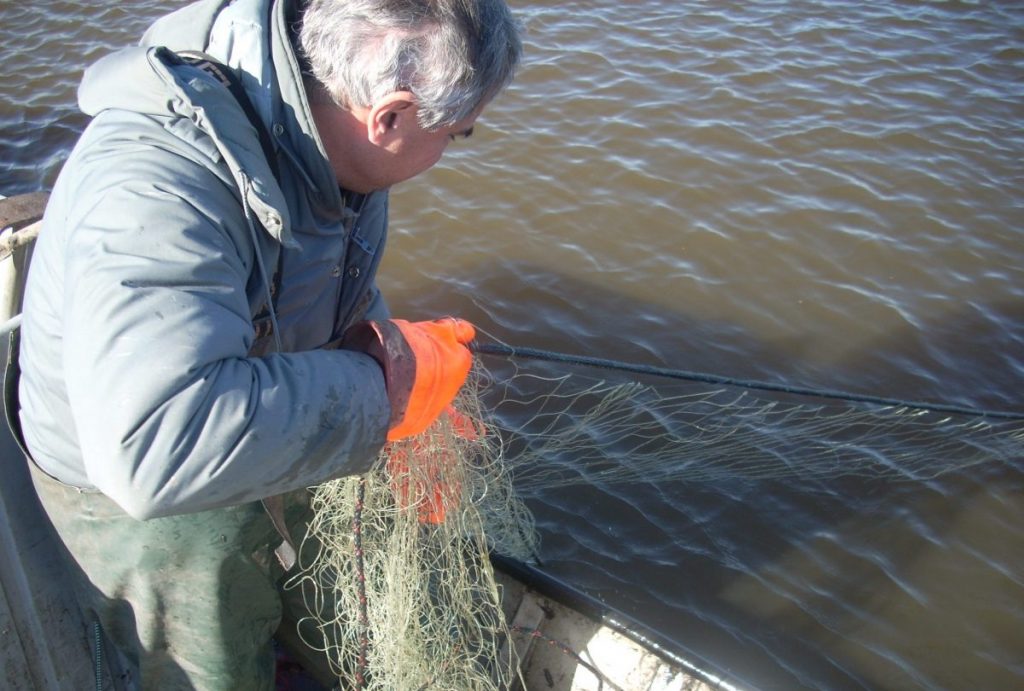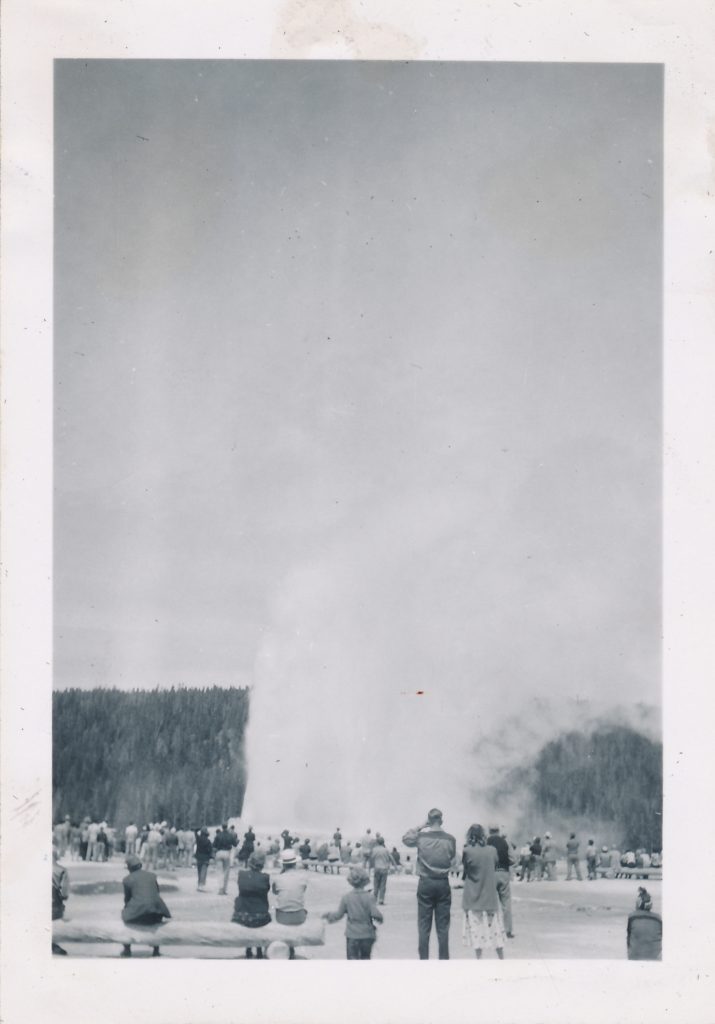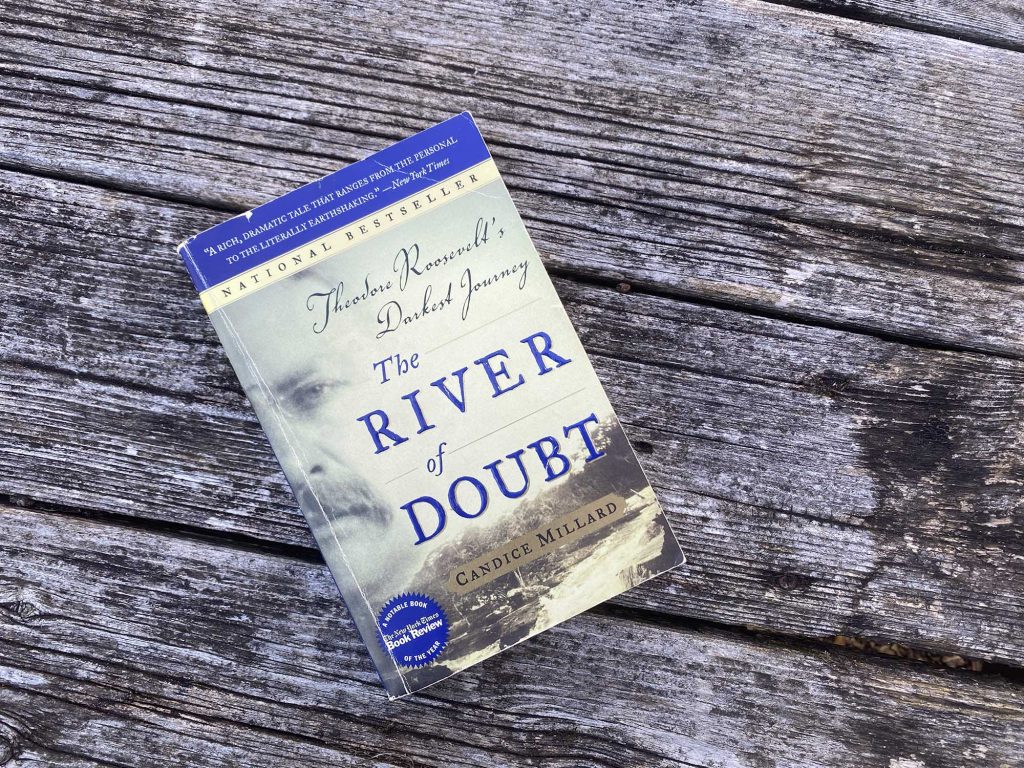With his weapon of choice a pen, George Bird Grinnell was one of the earliest and fiercest fighters for conservation. Although he has largely flown under the radar of history, his efforts likely constitute some of the greatest contributions ever made to North American conservation. Yet his humble personality has helped ensure that those accomplishments, and not the man himself, are what Americans have come to admire.
As the editor of Forest and Stream magazine for 35 years, Grinnell was able to spread his pro-conservation message. His writings were largely responsible for the protection and recovery of the American buffalo and the creation of Glacier National Park and played a significant role in the creation of the National Parks system overall. Furthermore, Grinnell, with Theodore Roosevelt, founded the Boone and Crockett Club, one of the first and longest-standing groups dedicated to the conservation of North America’s natural resources.
Perhaps as a result of his acute understanding of the natural world and its finite resources, he built strong relationships with native tribes, including the Cheyenne and Blackfeet. These experiences led to writings praised by Roosevelt: “In his books, … Mr. George Bird Grinnell has portrayed [the Indians] with a master hand,” he said. “It is hard to see how his work can be bettered.”
The following excerpt, titled “Trails of the Pathfinders,” is from a series Grinnell wrote for Forest and Stream: an original conservationist telling the story of Lewis and Clark discovering the frontier and its abundance prior to the introduction of the steam engine.
The journey which Lewis and Clark were to make was into a wilderness less known than any that we in our day can conceive of.
“Theirs was the sturdy independence, the unshrinking courage and dogged perseverance in the face of difficulty which gave to America its Daniel Boone, its David Crockett …”
The two men prepared to carry out their orders and there is no reason to suppose that they felt any doubt of their own success. Both came of good, old-fashioned fighting and exploring stock and they and all their men were made of the stuff which constituted the old-time Americans. Theirs was the sturdy independence, the unshrinking courage and dogged perseverance in the face of difficulty which gave to America its Daniel Boone, its David Crockett, and its Zebulon M. Pike; and they set out with eagerness on their journey.
The expedition started late in the year 1803, and proceeded up the river by boat. There were about forty-five men at the start, of whom twenty-five were soldiers, the whole company being enlisted as soldiers a little later. The baggage of the outfit consisted chiefly of ammunition, together with goods to be used as presents for the Indians. The transportation consisted of boats; one a keel boat, fifty-five feet long, drawing three feet of water, fitted for twenty-two oars and a sail; the other two were pirogues, open boats, dug-outs no doubt, one of six, the other of seven oars. There were two horses, which were to be taken along the bank for the purpose of hunting in time of scarcity, or for bringing in game that was killed.
Having wintered at Wood River, in Illinois, the start was made on the 14th of May, 1804. At first their progress was not rapid. Nevertheless, before long they came to the country of the Osages. The story given of the origin of the tribe is worth repeating: “According to universal belief, the founder of the nation was a snail, passing a quiet existence along the banks of the Osage, till a high flood swept him down to the Missouri and left him exposed on the shore. The heat of the sun at length ripened him into a man; but with the change of his nature he had not forgotten his native seats on the Osage, toward which he immediately bent his way. He was, however, soon overtaken by hunger and fatigue, when, happily, the Great Spirit appeared and, giving him a bow and arrow, showed him how to kill and cook deer, and cover himself with the skin. He then proceeded to his original residence; but as he approached the river he was met by a beaver, who inquired, haughtily, who he was and by what authority he came to disturb his possession. The Osage answered that the river was his own, for he had once lived on its borders. As they stood disputing, the daughter of the beaver came, and having by her entreaties reconciled her father to this young stranger, it was proposed that the Osage should marry the young beaver and share with her family the enjoyment of the river. The Osage readily consented, and from this happy union there soon came the village and the nation of the Wasbasha, or Osages, who have ever since preserved a pious reverence for their ancestors, abstaining from the chase of the beaver, because in killing that animal they killed a brother of the Osage.”
Struggling on northward, Lewis and Clark passed the Otoes and Missourias, and on June 25 reached the mouth of the Kansas—named from the Indians living on its banks—three hundred and forty miles from the Mississippi. Game was abundant, and there are allusions to deer, elk, and buffalo. At the mouth of the Platte River they sent out messengers to bring in Indians, since a portion of their duty was to endeavor to make peace among the different tribes they met with. Otoes and Pawnees lived not far off, one of the Pawnee villages being then on the Platte, while another was on the Republican, and a third on the Wolf—now known as the Loup River. Incidental reference is here made to several tribes which wandered and hunted on the heads of the Platte River, and thence to the Rocky Mountains.
“‘… As he approached the river he was met by a beaver, who inquired, haughtily, who he was and by what authority he came to disturb his possession.'”
One of these, called the Staitan or Kite Indians, is said to have acquired the name of Kite from their flying; that is, from “their being always on horseback.” These Indians were, of course, the Suhtai—Suhtai, tribal name, and hētăn, man. In other words, when some Indian was asked his name or the name of his tribe, he replied: “I am a man of the Suhtai,” and this the explorers supposed was a tribal name. At that time the tribe was still living as an independent tribe, though about a generation later they joined the Cheyennes and finally became absorbed by them. So complete is this absorption that the Suhtai language, formerly a well-marked dialect of the Cheyenne, differing from it apparently almost as much as the Arikara dialect differs from the Pawnee, has been almost wholly lost. At the present day only a few of the older Cheyennes can recall any of its words. These Indians were said to be extremely ferocious, and the most warlike of all the Western Indians; they never yielded in battle, nor spared their enemies, and the retaliation for this barbarity had almost extinguished the nation. After these, according to our authors, come the Wetapahato and Kiawa tribes, associated together, and amounting to two hundred men. Wetapahato is the Sioux name for the Kiowas, which the Cheyennes have abbreviated to Witapat. Other tribes are mentioned, hardly now to be identified.
On July 31 a party of Otoe and Missouria Indians came to their camp, and on the following day a council was held, at which presents, medals, and other ornaments were given to the Indians. The point where this council was held was given the name Council Bluffs, and it stands to-day across the river from Omaha, Nebraska. A little farther up the river they reached an old Omaha village, once consisting of three hundred cabins, but it had been burned about 1799, soon after the small-pox had destroyed four hundred men and a proportion of the women and children. This dread disease gave the Omahas the worst blow that they had ever received, and, perhaps even as much as their wars with the Pawnees, reduced them to a tributary people. On August 16, two parties were sent out to catch fish on a little stream. “They made a drag with small willows and bark, and swept the creek; the first company brought three hundred and eighteen, and the second upward of eight hundred, consisting of pike, bass, fish resembling salmon, trout, redhorse, buffalo, one rock-fish, one flatback, perch, catfish, a small species of perch, called on the Ohio silverfish, and a shrimp of the same size, shape, and flavor of those about New Orleans and the lower part of the Mississippi.”
A few days before, one of their Frenchmen had deserted, and the commanding officers had sent out men to capture him. This they succeeded in doing, but the man subsequently escaped again. On the 18th they received another party of Indians—Otoes and Missourias. The next day the first death occurred in the expedition, that of Charles Floyd, who was buried on the top of the hill, and his grave marked by a cedar post.
The post which marked Floyd’s grave had been thrown down by the winds before 1839, but was set up again by Joseph Nicollet in that year. All the time, however, the Missouri River was eating into the bank toward the grave, and in the spring of 1857 the high water undermined a part of the bluff and left Floyd’s coffin exposed. When this became known at Sioux City, a party visited the grave and rescued the bones, reinterring them six hundred feet back from the first grave. This spot was lost again in the course of the years, but was rediscovered in 1895, and finally in 1901 a permanent monument of white stone was erected to the first citizen soldier of the United States to die and be buried within the Louisiana Purchase, and the only man lost on the Lewis and Clark expedition.





